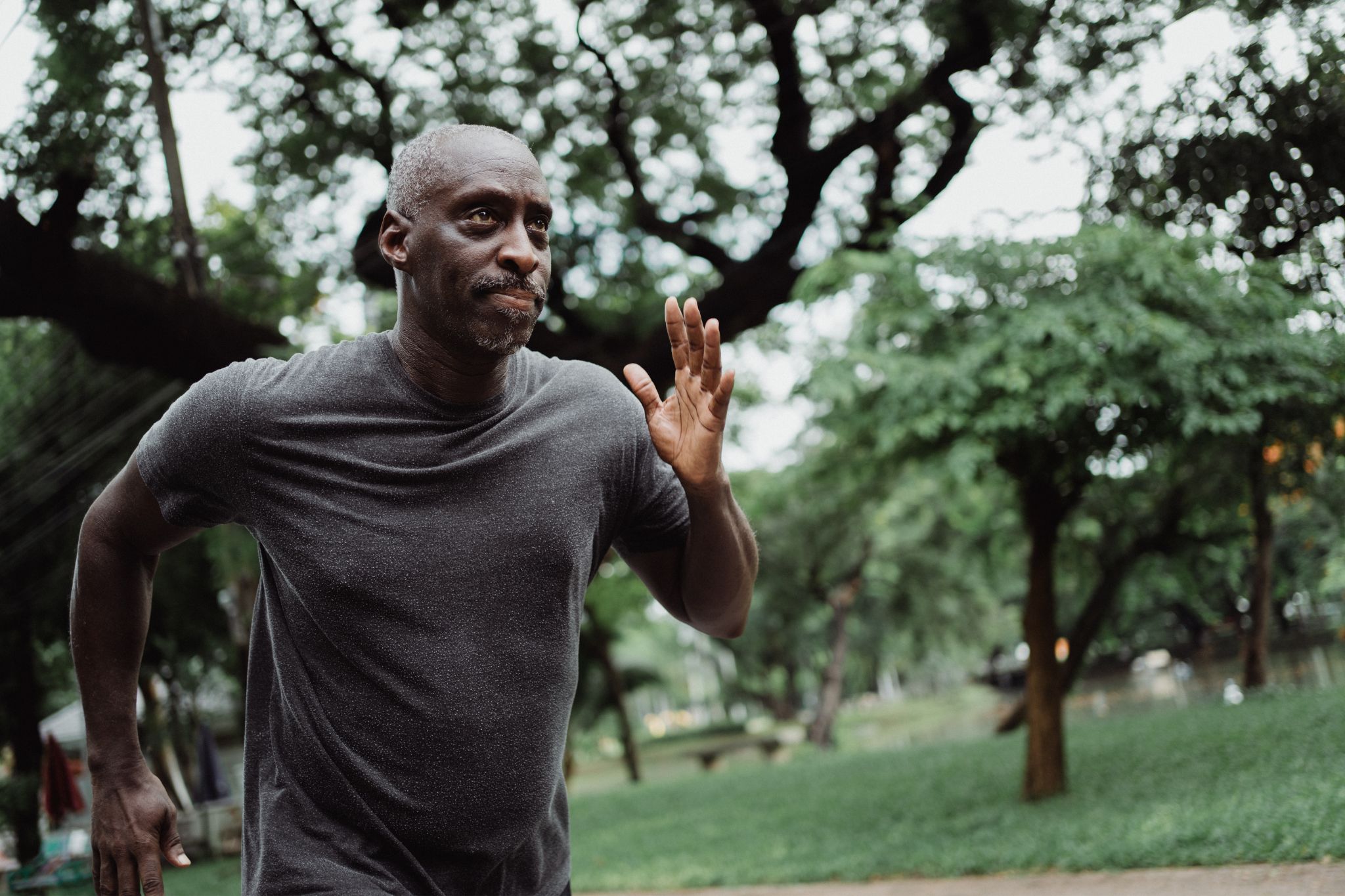
Close
Enquiry
Please see contact information below or complete the form and we will get in touch with you.

Parsons Green
3rd Floor Brigade House
8 Parsons Green
London
SW6 4TN

Queen's Park
2nd Floor
105-109 Salusbury Road
London
NW6 6RG

Jesse's House
8-10 Heathmans Road
Parsons Green
London
SW6 4TJ
Common Mistakes when Training for a 10km Run

Training for a 10K run is an exciting challenge, whether you’re a seasoned runner or a beginner looking to push your limits. The distance is long enough to test your endurance but manageable enough to be accessible to many. However, like any fitness goal, there are common mistakes that can derail your training and keep you from achieving your best performance on race day. Here’s a look at some of the most common mistakes and how to avoid them.
-
Skipping the Warm-Up
One of the most common mistakes runners make is skipping the warm-up. It’s tempting to jump straight into your run, especially when time is tight, but failing to warm up properly can increase your risk of injury and negatively impact your performance. A good warm-up should include dynamic stretches and a few minutes of light jogging to get your blood flowing and muscles ready for more intense activity.
Avoiding the Mistake:
Dedicate at least 10 minutes to warming up before every run. Focus on movements that mimic running, such as leg swings, high knees, and lunges, to prepare your body for the workout ahead.
-
Ignoring Rest Days
When training for a 10K, it’s easy to fall into the trap of thinking that more is better. However, overtraining can lead to burnout, fatigue, and injury. Your body needs time to recover from the stress of running, especially as you increase your mileage and intensity.
Avoiding the Mistake:
Incorporate rest days into your training plan. These are just as important as your running days. Use these days for active recovery, such as light walking or yoga, to keep your muscles loose and promote healing.
-
Inconsistent Training
Consistency is key in any training program, but it’s especially crucial when preparing for a 10K. Skipping runs or having an irregular training schedule can make it difficult for your body to adapt and improve. This inconsistency can lead to poor performance and increase the risk of injury.
Avoiding the Mistake:
Stick to a structured training plan that gradually increases in intensity and distance. Make running a regular part of your routine, and aim to hit your key workouts each week, even if it means adjusting your schedule slightly.
-
Neglecting Strength Training
Many runners focus solely on running and neglect strength training, but this is a big mistake. Strength training helps to improve your running economy, reduce the risk of injury, and increase overall performance. It can also help you maintain proper form, especially during the later stages of a race when fatigue sets in.
Avoiding the Mistake:
Incorporate strength training into your routine at least two times a week. Focus on exercises that target the key muscle groups used in running, such as your core, glutes, hamstrings, and calves. Exercises like squats, lunges, and planks can be particularly beneficial.
You can learn more about our Clinical Strength & Conditioning offering here
-
Ignoring Nutrition and Hydration
Proper nutrition and hydration are often overlooked in training but are critical to your success. Without adequate fuel, your body won’t have the energy it needs to perform at its best, and poor hydration can lead to cramps, fatigue, and other issues.
Avoiding the Mistake:
Pay attention to what you eat and drink, both before, during and after your runs. Ensure you’re getting a balanced diet rich in carbohydrates, protein, and healthy fats. Hydrate throughout the day, and consider carrying water or an electrolyte drink with you on longer runs. Prioritise carbohydrates before running and with sessions that last for longer than an hour, consider using carbohydrate gels.
-
Not Practicing Race-Day Conditions
Training exclusively on flat, familiar routes at a leisurely pace can leave you unprepared for race day, where you may face hills, varying terrain, or a faster pace. Not simulating race-day conditions can lead to unpleasant surprises and a less-than-optimal performance.
Avoiding the Mistake:
Incorporate a variety of routes and paces into your training. Practice running on different surfaces and include some interval or tempo runs to mimic race-day efforts. If possible, try to train on parts of the actual race course to familiarize yourself with the terrain.
-
Wearing the Wrong Gear
Wearing the wrong shoes or clothing can lead to discomfort and injuries. Old or inappropriate shoes can cause blisters, shin splints, or other foot problems, while the wrong clothing can cause chafing and overheating.
Avoiding the Mistake:
Invest in a good pair of running shoes that fit your foot type and running style. Replace them every 300-500 miles to ensure they provide adequate support. Wear moisture-wicking clothing designed for running to keep you comfortable during your workouts.
Learn about how a biomechanical podiatry assessment might be able to help, and read our blog about choosing the right running shoes here
-
Pacing Too Fast Too Soon
One of the biggest mistakes runners make during both training and racing is starting out too fast. This can lead to burnout early in the run and a much slower overall time as you struggle to maintain your pace.
Avoiding the Mistake:
Practice pacing yourself by running at a conversational pace during most of your training runs. Use a watch or running app to monitor your pace and make sure you start your runs at a manageable speed. Save the faster paces for specific workouts, like tempo runs or intervals.
-
Neglecting Mental Training
Running is as much a mental challenge as it is a physical one. If you don’t prepare yourself mentally, you may struggle with motivation, confidence, or pushing through the discomfort that comes with longer distances.
Avoiding the Mistake:
Incorporate mental training into your routine. Practice visualisation techniques, set small goals for each run, and work on developing a positive mindset. Mindfulness and deep breathing exercises can also help you stay focused and calm during tough runs.
-
Not Having a Post-Race Plan
After crossing the finish line, many runners don’t have a plan for recovery or for maintaining their fitness. This can lead to a loss of motivation and undo some of the progress you’ve made.
Avoiding the Mistake:
Plan for post-race recovery by scheduling rest days, easy runs, or cross-training. Consider signing up for another race to maintain your fitness and keep your motivation high.
Training for a 10K run is a rewarding experience, but it requires careful planning and awareness to avoid common pitfalls. By warming up properly, respecting rest days, training consistently, incorporating strength work, and paying attention to nutrition, hydration, and mental training, you’ll be well on your way to a successful race day. Stay mindful of these potential challenges, and you’ll not only complete your 10K but do so with confidence and enjoyment.
Enjoy training for your 10K! Please don’t hesitate to contact us if you have any questions
The information provided here is for general guidance and educational purposes only. It is not a substitute for professional advice, diagnosis, or treatment. Always consult a qualified health professional before starting any new exercise program, particularly if you have any pre-existing medical conditions, injuries, or concerns about your health.

